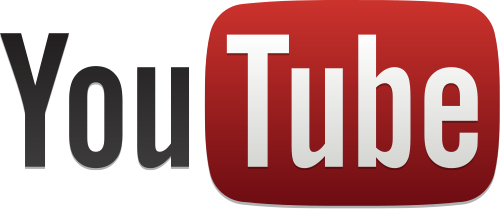
If you are an enthousiastic video maker using YouTube to be in touch with the world, pay serious attention to the YouTube Terms and Conditions about the use of music on YouTube videos. It can be a tricky process, but you don’t have to panic, as here we have gathered all you need to know! And more than that, our simply words will help save some serious time and overcome your confusion when reading complicated legal-type documents.
First things first: Accordingly to YouTube Terms and Conditions, every video uploaded should contain original or cleared content.
Content includes:
It simply means that the video maker carries all necessary documents that prove that all audio content is either created by the video maker (thus he is the copyright owner) or the copyright owner has clearly licensed the music / audio content to the video maker for commercial use. This license is usually refered as Synchronization license.
Even in the case where the video maker is the composer of a track – usage of any music editing software or additional audio content, such as production loops, should also be licensed. For example, if you are a video maker who created a track using an editing software such as Cubase, you should be able to prove that the Cubase software used was purchased and licenced properly, i.e. not ‘craked’.
When a video is being uploaded, it is automatically scanned by YouTube for copyrighted content. YouTube has a sophisticated algorithm, an identifification tool, which instantly detects copyrighted content from a massive database. In this way, YouTube is able to track whether a video contains copyrighted material or not. And how YouTube knows that? It has a large database of copyrighted content, e.g. music tracks submitted directly from copyright owners. It is as simple as that!
[notification type=”alert-warning” close=”false” ]
If test results identify inclusion of copyrighted music, the video takes a Content ID claim.
[/notification]The claim is automatically passed to the original copyright owner who decides to:
More than that, YouTube has always the right to further penalize the video maker by deleting the entire account due to copyright infringement.
There have been many cases in the past, where YouTube didn’t allow revenue sharing deriving form advertising services, for videos including music without proper license.
A well known story which is a fine example of what we are talking about, is the case of a new couple which created a wedding video that went viral. The video contained a track owned by SONY. The company was informed the minute of upload, and the video took a Content ID claim. SONY decided not to mute the video, but to allow it running reving ads.
After some months the video gone viral, and SONY made advertising dollars by the advertising served on the video and also by track sales, as the track went up to No 4 in iTunes charts. Of course the couple – video maker did not take any split of the generated income.
Do you want first-hand information on How YouTube thinks about copyright? Watch Margaret Stweart, YouTube Head of user experience, by clicking https://www.youtube.com/watch?v=UoX-YihV_ew
YouTube is eligible to ask video makers for all relevant legal information needed to prove that she or he has all the rights to include a music track in a YouTube video, espcially in case of monetization -commercially.
The documents should clearly state that the copyright owner of the music (the composer, the label, the publisher) grand commercial usage rights to the video maker. The license should state:
YouTube can ask for any relevant license depending on the video, from editing software, to loops, lyrics, etc.
As noticed already, video makers creating YouTube videos for commercial use, should be able to provide all relevant linceses, in order to receive payments from YouTube advertisments. It goes without saying, that license for the music included in a video is absolutely necessary.
In this framework, it is good to know, that purchasing music from royalty free music libraries comes along with a detailed license agreement document that states a commercial usage of music. Additionally, all composers uploading music to royalty free music libraries state that all equipment and software being used in their tracks is also licensed and this license s also transferred to the end user / video maker. The license also describes clearly the title of the track, the ID of the track and the exact licensing terms.
Before creating your next YouTube video, remember that Royalty free music libraries are YouTube-safe. Using a music track from such a library you can be 100% sure that your video will not generate a content ID claim, as music tracks come along with a written permission from the copyright owner. This sould be clearly stated in the music license agreement you are receiving when purchasing stock music.